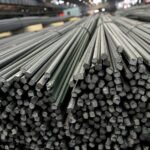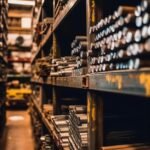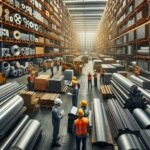In a world shaped by technological advancement, sustainability efforts, and shifting geopolitical dynamics, global metal import and export patterns are undergoing significant change. At Steelbridge Export, we’ve spent years at the intersection of energy infrastructure, commodity flows, and strategic supply chain development—especially in regions like the Middle East, where demand continues to surge due to megaprojects and national energy transitions.
Global Trends in Metal & Raw Material Trading – 2025 Insights
This article explores the key trends driving metal and raw material trading in 2025, including the rise of clean energy, the impact of global policy shifts, and what buyers, suppliers, and investors should know to stay competitive—particularly in high-opportunity regions like the Middle East, where solar panel investment has never been more aggressive.
The Surge in Global Metal Demand
The demand for industrial metals is growing at an unprecedented rate. From copper and aluminum to rare earth elements and nickel, global markets are responding to the increased push for electrification, digitalization, and decarbonization.
One major driver behind this surge is solar panel investment in the Middle East. Nations across the region—including Saudi Arabia, the UAE, and Oman—are pivoting toward renewable energy to meet both climate goals and economic diversification targets. This has directly fueled the need for metals used in photovoltaics, wiring, batteries, and inverters.
As such, global metal import and export strategies must now account for fluctuations in clean energy project timelines, resource nationalism, and trade regulations—all of which are evolving faster than ever before.
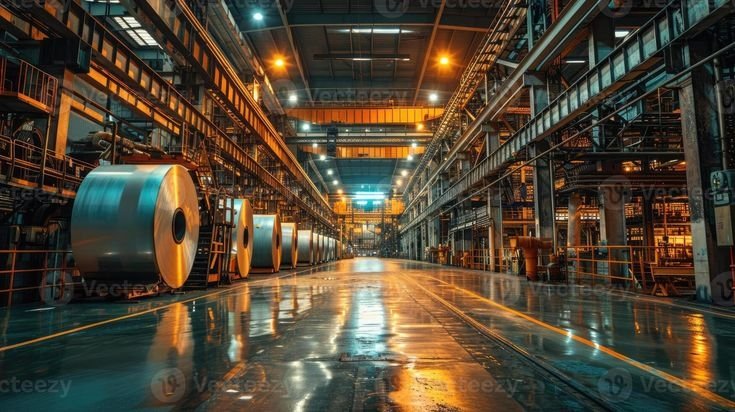
Global Supply Chain Shifts and Strategic Sourcing
Post-pandemic supply chain vulnerabilities have forced companies to rethink their sourcing strategies. Many are no longer relying solely on just-in-time models and instead investing in long-term contracts and regional warehousing.
This trend is evident in the global metal import and export market, where strategic stockpiling and diversified supplier networks have become common. For companies engaged in solar panel investment in the Middle East, it’s become essential to secure reliable access to copper, aluminum, and silicon well ahead of actual project timelines.
Trade tensions between the U.S. and China, and sanctions affecting Russia, have only added urgency to these changes. Companies are increasingly looking at secondary markets in Southeast Asia, South America, and Africa for diversified sourcing.
Clean Energy and Sustainable Trade Practices
One of the most defining features of the 2025 raw material trade landscape is its alignment with sustainability goals. ESG (Environmental, Social, and Governance) compliance is now not just a corporate responsibility—it’s a market necessity.
Many governments and large buyers now prioritize metals sourced from green-certified operations or those with lower carbon footprints. Recycled metals are seeing increased demand, and responsible mining certifications are gaining credibility in trade deals.
For exporters like Steelbridge Export, this shift toward sustainable practices offers both a challenge and an opportunity. By aligning with solar panel investment in the Middle East, which demands low-carbon infrastructure components, companies can position themselves as value-added partners instead of just suppliers.
Emerging Markets Driving Demand
While Europe, the U.S., and China have long led global metal consumption, 2025 is proving to be the year of emerging markets. South Asia, Sub-Saharan Africa, and Latin America are seeing an uptick in infrastructure projects backed by development banks, public-private partnerships, and EPCF (Engineering, Procurement, Construction, and Financing) models.
This growth is especially important for the global metal import and export sector, as it marks a pivot away from traditional trading routes. For example, African countries are becoming exporters of raw materials and importers of finished goods like solar inverters or steel-based infrastructure components.
In the Middle East, massive energy transitions are driving demand for solar-grade aluminum, copper for cabling, and stainless steel for battery storage systems. Investment in solar panel infrastructure is creating new hubs of trade, logistics, and regional supply consolidation.
Regulatory Environments and Tariff Dynamics
2025 has also introduced significant regulatory changes that are impacting the global metal import and export business. Carbon border taxes, anti-dumping duties, and regional trade agreements are altering the way materials move across borders.
For instance:
-
The EU’s Carbon Border Adjustment Mechanism (CBAM) has affected exporters of carbon-intensive materials like steel and aluminum.
-
The African Continental Free Trade Area (AfCFTA) has opened new opportunities for intra-African metal trade.
-
In the Middle East, tariff harmonization and customs digitization are improving efficiency for importers of solar-related materials.
Exporters must now navigate a far more complex web of compliance, documentation, and sustainability verification to stay competitive.
 Technology and Digitalization in Trading
Technology and Digitalization in Trading
Digital transformation is also reshaping the way metals are traded globally. From blockchain-based traceability to AI-powered demand forecasting, digital tools are improving transparency, trust, and efficiency in the global metal import and export supply chain.
Smart contracts are being used to lock in prices in volatile markets, while IoT-enabled tracking systems allow importers in regions like the Middle East to monitor shipments of sensitive goods such as copper or silicon wafers in real time.
Companies involved in solar panel investment in the Middle East are particularly benefiting from digital platforms that connect manufacturers, EPCF contractors, financiers, and customs authorities.
The Role of EPCF in Metal-Linked Infrastructure Projects
One of the most promising frameworks for aligning finance and procurement in large-scale infrastructure is the EPCF model. By bundling engineering, procurement, construction, and financing into a single agreement, this model reduces project delays and ensures material supply is aligned with capital flow.
This is particularly crucial in sectors requiring large volumes of raw materials, such as renewable energy. When engaged in solar panel investment in the Middle East, the EPCF model ensures timely and cost-effective acquisition of metals like aluminum, copper, and galvanized steel.
It also simplifies the global metal import and export process by aligning contractors, financial institutions, and suppliers from day one, reducing the risk of cost overruns and supply delays.
Bulk Purchasing Trends and Consolidation
Another 2025 trend is the increased use of bulk purchase agreements. Buyers are locking in long-term supply contracts to hedge against future price volatility. This is particularly common in the aluminum and copper markets, which remain sensitive to geopolitical tension and mining output.
Large-scale solar projects, such as those in the Gulf region, are leading this shift. Through EPCF partnerships, companies secure both the capital and the commodities in advance—avoiding delays due to raw material shortages.
Steelbridge Export has been actively helping clients build such bulk procurement strategies in alignment with long-term renewable energy development plans.
Future Outlook: What’s Next for Metal Trading?
Looking ahead to the second half of 2025 and beyond, the global metal import and export industry will likely see further transformation in three areas:
-
Green Certification: ESG compliance will become mandatory in more jurisdictions.
-
AI Forecasting: Predictive analytics will be widely used to manage sourcing and pricing.
-
Localized Hubs: Middle Eastern countries will grow as both importers and refiners/exporters of processed metal goods due to their industrial investments.
As solar panel investment in the Middle East expands, so will the region’s role in shaping global commodity markets. Investment in local smelters, recycling facilities, and port infrastructure will further cement this position.
Conclusion: Navigating the Future of Metal Trade
The global trading of metals and raw materials is no longer a basic import-export game. It’s now a strategic, tech-driven, and sustainability-focused ecosystem—one that requires proactive planning, regional insight, and flexible procurement models.
As the sector continues to evolve, so too must the strategies of its participants. At Steelbridge Export, we’re proud to help shape these strategies—ensuring long-term resilience, competitiveness, and impact for our partners across global markets.
For more data, insights, and sourcing solutions, visit Matals Hub.


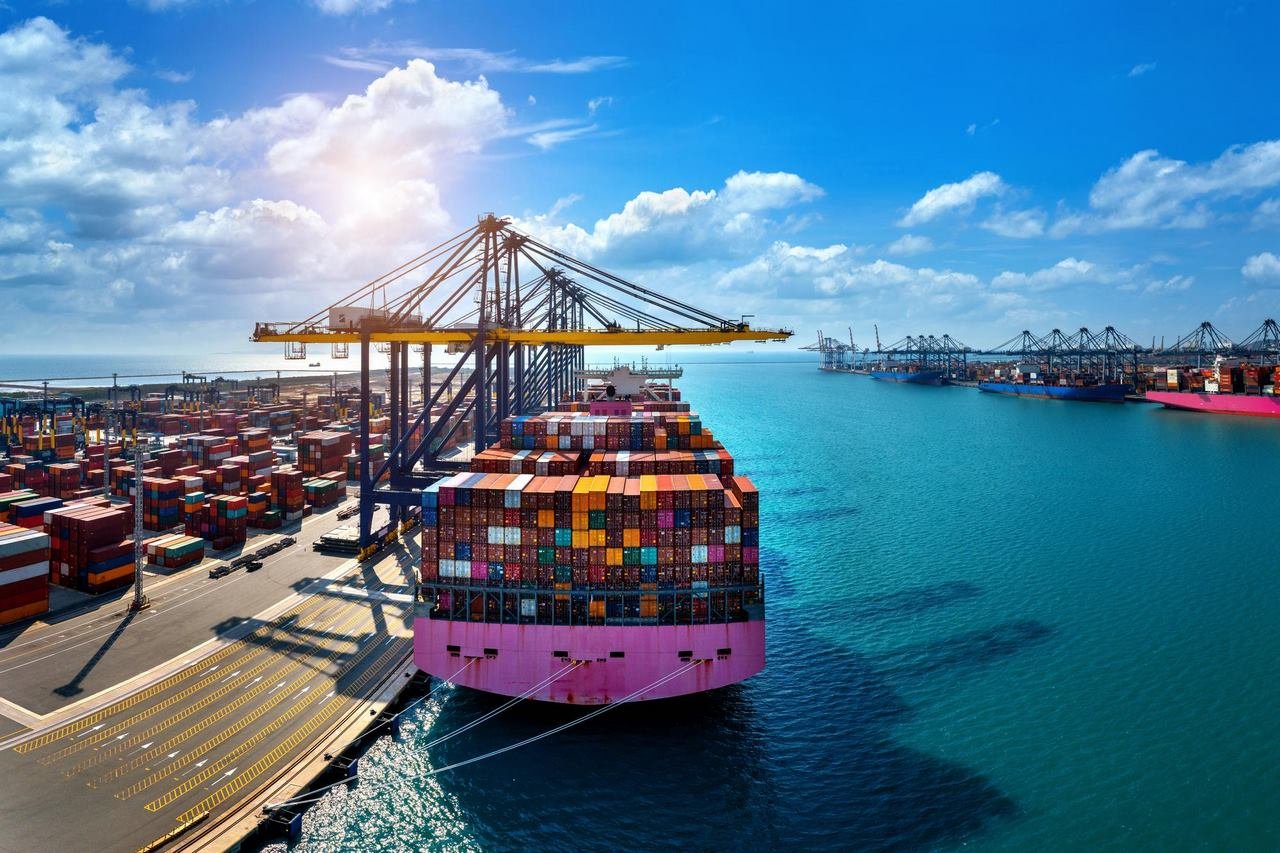
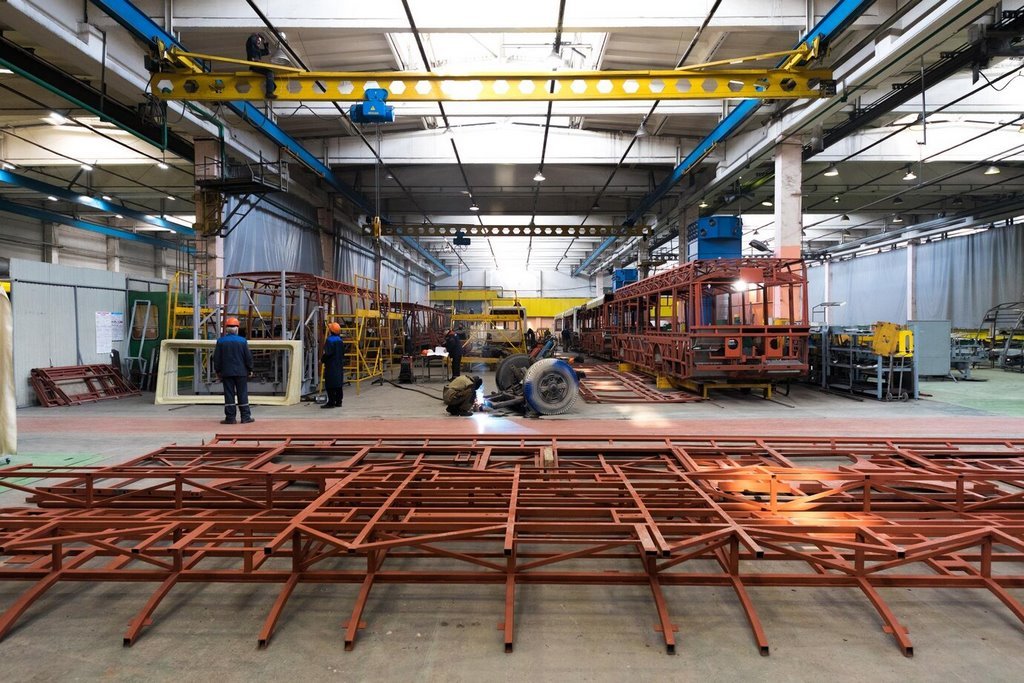
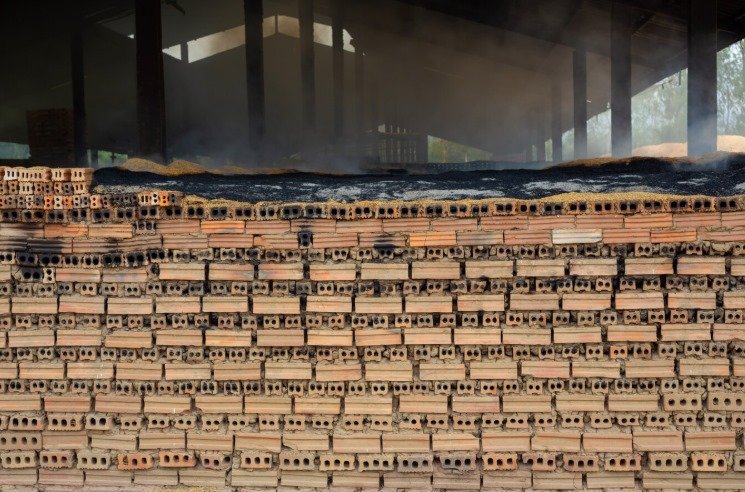 Technology and Digitalization in Trading
Technology and Digitalization in Trading